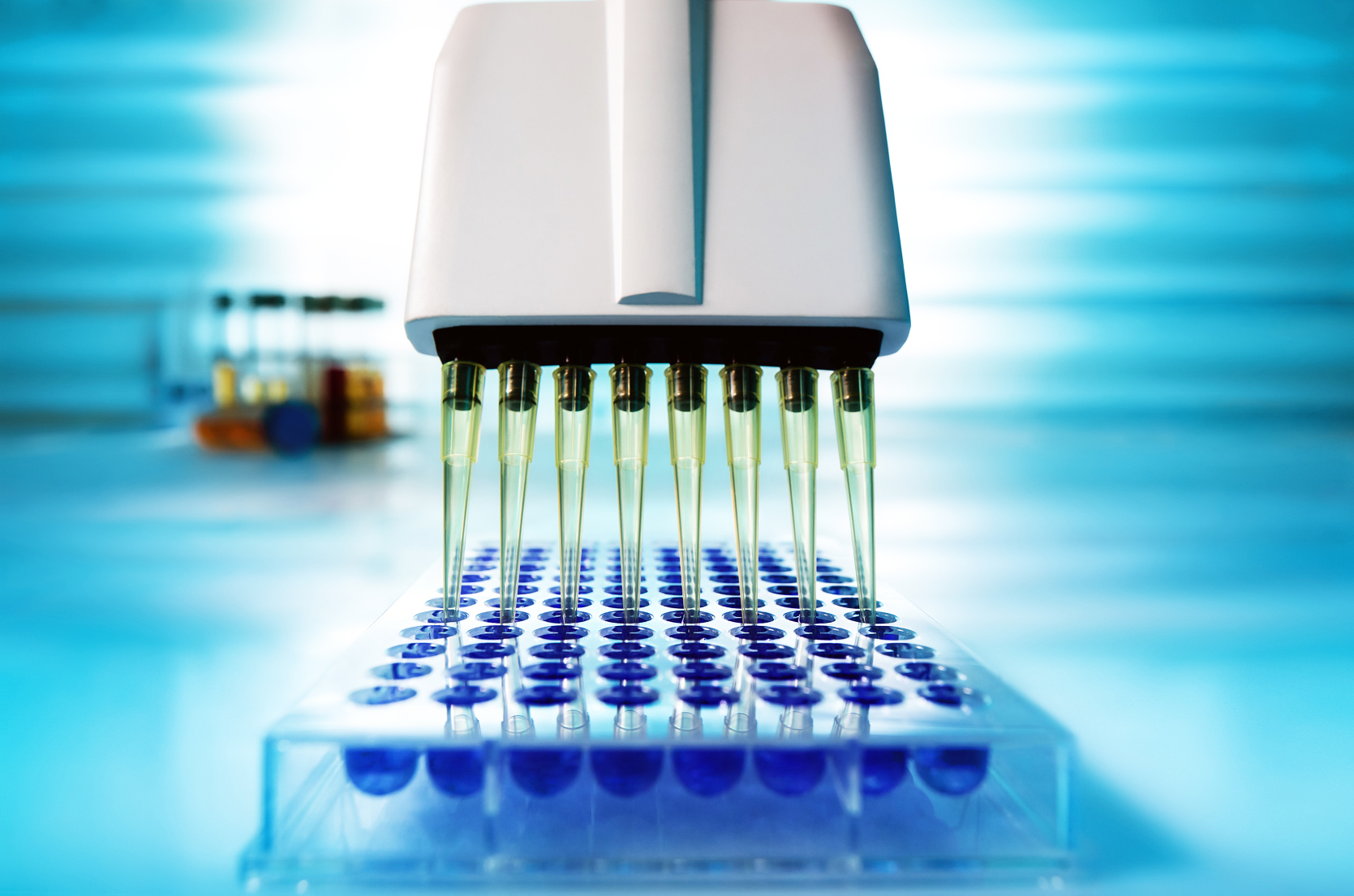EURL rabies
Collection of samples, techniques, validation and interpretation of the diagnostic methods for the purposes of rabies surveillance are presented here.
Diagnostic methods considered compliant are presented in the WOAH rabies manual. A list of procedures inspired by the WOAH official methods is also proposed.
Lorem ipsum dolor sit amet, consectetuer adipiscing elit. Maecenas porttitor congue massa. Fusce posuere, magna sed pulvinar ultricies, purus lectus malesuada libero, sit amet commodo magna eros quis urna.
Nunc viverra imperdiet enim. Fusce est. Vivamus a tellus.
Pellentesque habitant morbi tristique senectus et netus et malesuada fames ac turpis egestas. Proin pharetra nonummy pede. Mauris et orci.
Aenean nec lorem. In porttitor. Donec laoreet nonummy augue.
Suspendisse dui purus, scelerisque at, vulputate vitae, pretium mattis, nunc. Mauris eget neque at sem venenatis eleifend. Ut nonummy.
Brand new website for the EURL for rabies
♦ 09 January 2015 ♦ In this beginning of year 2015, we are please to introduce you to our brand new website. Although it has been totally new-looked, you will be able to get back to all the information you used to find in the previous one. This site will be much more interactive than before, and we will endeavour to add all necessary and interesting information in it in the coming months. To be able to access all the pages of the site (strains and products catalogue, full documentation, EURL reports, etc...), you will have to register using your personal login. For login instructions, please contact us.
Happy New Year!
♦ 05 January 2015 ♦ The whole team of the EURL for rabies wishes you peace, joy and prosperity throughout the coming year. Thank you for your continued support and collaboration and may 2015 be full of projects together! Happy new year to all of you.
Inter-laboratory test for rabies diagnosis 2015
♦ 18 December 2014 ♦ An inter-laboratory test for rabies diagnosis intended for National Reference Laboratories will be held in June 2015. As usual, four techniques will be tested on a panel of 9 samples: FAT (Fluorescent Antibody Test), RTCIT (Rabies Tissue Culture Infection Test) Conventional RT-PCR Real-Time RT-PCR, and an online questionnaire will have to be filled in for each technique. The test is opened to non-EU countries upon certain conditions available on request. Registration is currently open.
Inter-laboratory test for tetracycline determination on teeth 2014
Inter-laboratory test for rabies diagnosis 2014
♦ 11 July 2014 ♦
The inter-laboratory test for rabies diagnosis is now over. Fifty laboratories were involved in this trial using at least one of the FAT, RTCIT, conventional and/or real time RT-PCR technique. All participants had to test a single panel of 9 coded samples within a month.
The analysis of the results is now under progress and the report should be issue during the autumn 2014.
Workshop for rabies 2015
♦ 27 June 2014 ♦
As too many rabies events and meetings are currently organised during the autumn season, the EURL team decided to postpone next workshop to the spring season. Consequently, there will be no workshop for rabies in 2014. From 2015 and on, workshops will be held annually each spring.
The 7th EURL workshop for Rabies will be held on 27th and 28th May 2015 in Zagreb, Croatia.
Save the date!
Workshop for rabies 2013
♦ 21 February 2014 ♦
The 6th workshop for rabies was held on 13th and 14th November 2013 in Athens, Greece. The choice of this Member State as host country was decided following the re-emergence of rabies in the North of the country in October 2012.
Fifty-six participants from thirty-nine National Reference Laboratories (NRLs) from European Union and third countries attended the meeting. An American rabies expert, two representatives from the European Commission and EFSA, and a delegation from the Hellenic Ministry of Rural Development and Food also participated to the workshop.
Presentations and discussions focussed on rabies diagnosis tools, including a comparison study on various real time RT-PCR kits and on a new test using direct rapid immunohistochemistry. Other presentations dealt with the control and the epidemio-surveillance of rabies issues. The recent cases of imported rabid animals in the Netherlands, Spain, and France were also discussed.
Presentations as well as the report of this workshop are available in the documentation part of the EURL website (restricted area).
Inter-laboratory test for rabies diagnosis 2014
♦ 04 February 2014 ♦
Registration for participation to the inter-laboratory test for diagnosis is now over. Fifty laboratories will participate on one or more techniques (FAT, RTCIT, Conventional and/or real time RT-PCR). The samples will be sent end of May for a test performance in June 2014.
Participants will be asked to answer an online questionnaire for each technique used. It aims to compare the procedures used in laboratories and will help to highlight the influences of variations on the results obtained during the trial.
